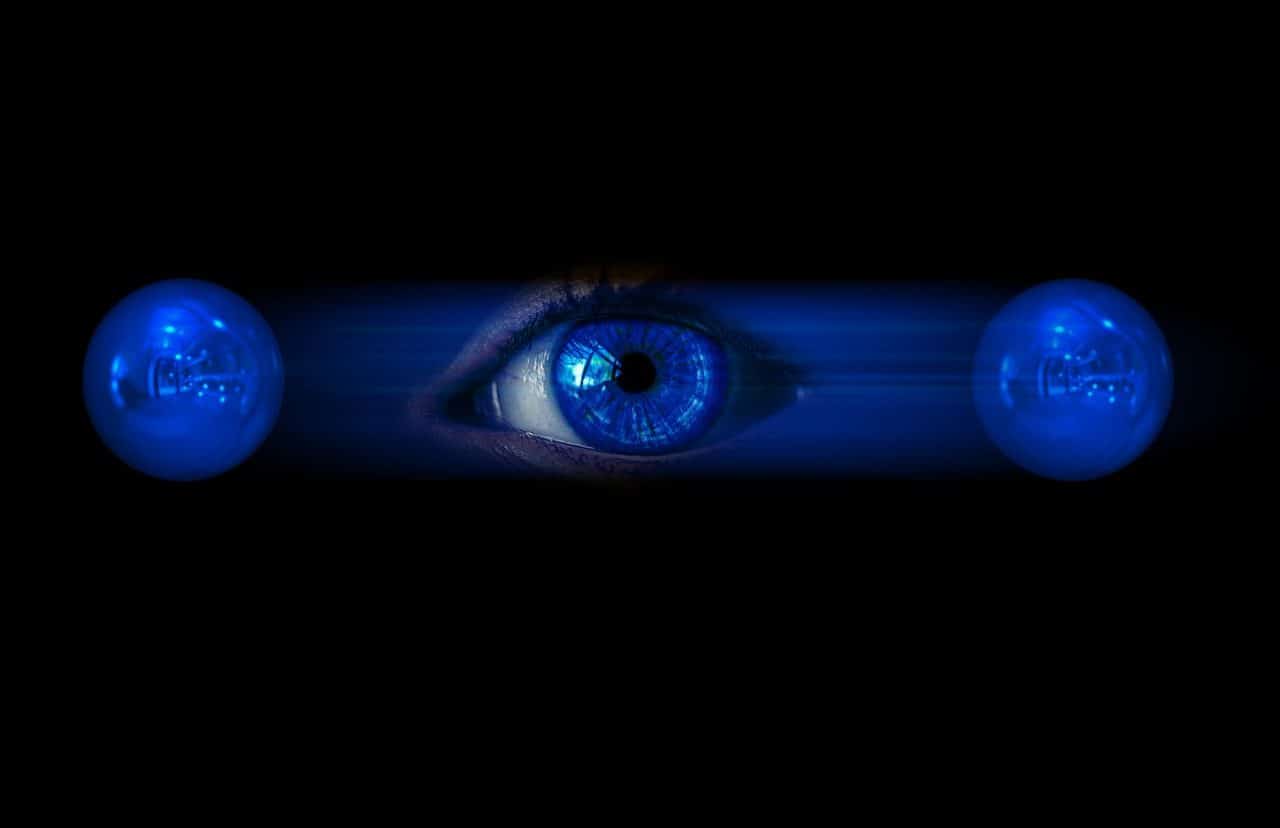
The principle of superposition has applications in different branches and fields of science and technology.
Superposition principle is the name of a tool that provides the possibility of breaking down a certain problem into a pair, or more, of structures of lower complexity. This resource, also known as the superposition theorem , is partially valid and appropriate whenever there are linear functions, linked to mathematical problems, scientific models or physical systems, that meet criteria of proportionality/homogeneity and additivity.
When this principle is applied to the field of quantum mechanics, the concept of quantum superposition gains notoriety. According to theoretical records, the notion serves to work with an element that, simultaneously, has several values assigned to the same observable quantity. Experts on this topic assure that quantum superposition drives numerous effects that can be directly observed as it happens, to describe a phenomenon that is easy to recognize on an international scale, with the wave interference observed within the framework of the double slit experiment .
Being clear about what the definition indicates and knowing how this notion can be translated into practice, it is possible to contemplate the chance of counteracting the force that is applied to a body from a new force that has the same direction and magnitude but that has a direction opposite to the force that has been applied. It is also worth knowing that there are both real and apparent exceptions in relation to the principle of superposition of forces .
Applications of the superposition principle
The principle of superposition is present in a huge variety of disciplines and fields of study.
In physics , to indicate a specific case, the principle of wave superposition is analyzed, used and tested. It follows that the amplitude resulting from at least two propagation waves incident on the same point is equivalent to the vector sum involving the amplitudes of each individual wave . The superposition of waves explains, by describing a common phenomenon, the interference of light . Of course, when wanting to delve deeper into this issue to understand it better, it is necessary to educate yourself on wave-particle duality , interferometers , double slit experiments , etc.
In quantum mechanics , on the other hand, the so-called quantum superpositions are essential to process data referring to quantum teleportation , quantum cryptography or quantum computing . In this last sector, specifically, the principle allows the same particle to represent different states at the same time.

The superposition principle, when applied in quantum mechanics, gives rise to a quantum superposition.
When approaching the idea of superposition from optics , meanwhile, data and alternatives emerge that give relevance to the principle of superposition of waves (to be considered for the Fresnel – Huygens principle ), to the optical patterns that arise as a result of superposition of structures of a periodic nature and the so-called principle of superposition of strata .
Experiments and studies
Taking advantage of the characteristics and guidelines of the superposition principle, multiple studies and experiments have been carried out for decades.
Recently, to cite an announcement that benefits radio astronomical work, researchers based at the Argentine University of La Plata announced their own development aimed at carrying out both cosmological and astronomical observations. It is an instrument designed to stimulate and use interferometric techniques in the instrumentation area. In this context, the superposition principle serves to achieve high resolution images in radio antennas, telescopes and other receivers in which electromagnetic wave combination techniques are used.
Years ago, on the other hand, the principle of quantum superposition was tested like never before. The experiment, carried out by scientists from the universities of Basel and Vienna , consisted of the quantum superposition and interference of complex molecules subjected to elevated temperatures and made up of around two thousand atoms that, thanks to this test, became simultaneously in two places. When this novelty came to light, it was highlighted that the aforementioned principle of superposition emerges from the Schrödinger equation , one of the most transcendent equations in quantum mechanics .

Quantum computing is nourished by quantum entanglement and the principle of superposition of matter.
It is even constructive to know that when establishing what mechanical properties are observed in elements specific to the physics of liquids involved in the formation of glass and in the physics of polymers, the principle of time-temperature superposition is invoked. With it, the features that depend on the thermal state of a linear viscoelastic material are taken into account, based on properties that are known and have a reference temperature. Combining this type of superposition principle with the Williams-Landel-Ferry relationship, we arrive at an explanation regarding the variations that occur in the intrinsic viscosity of an amorphous polymer depending on its temperature. It is necessary to point out that in order to enforce the principle of superposition, it is essential that the sample be amorphous, homogeneous and isotropic.
